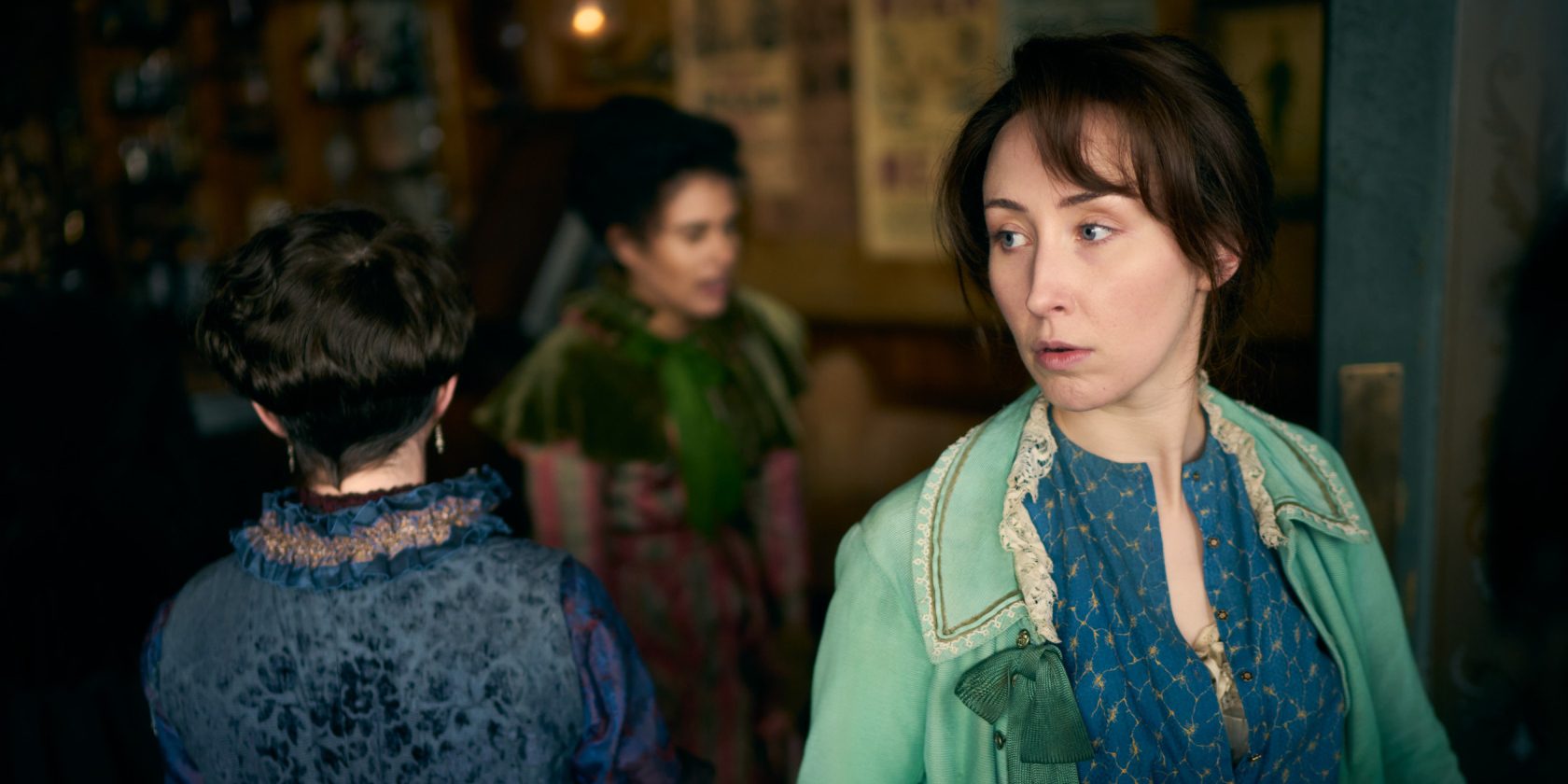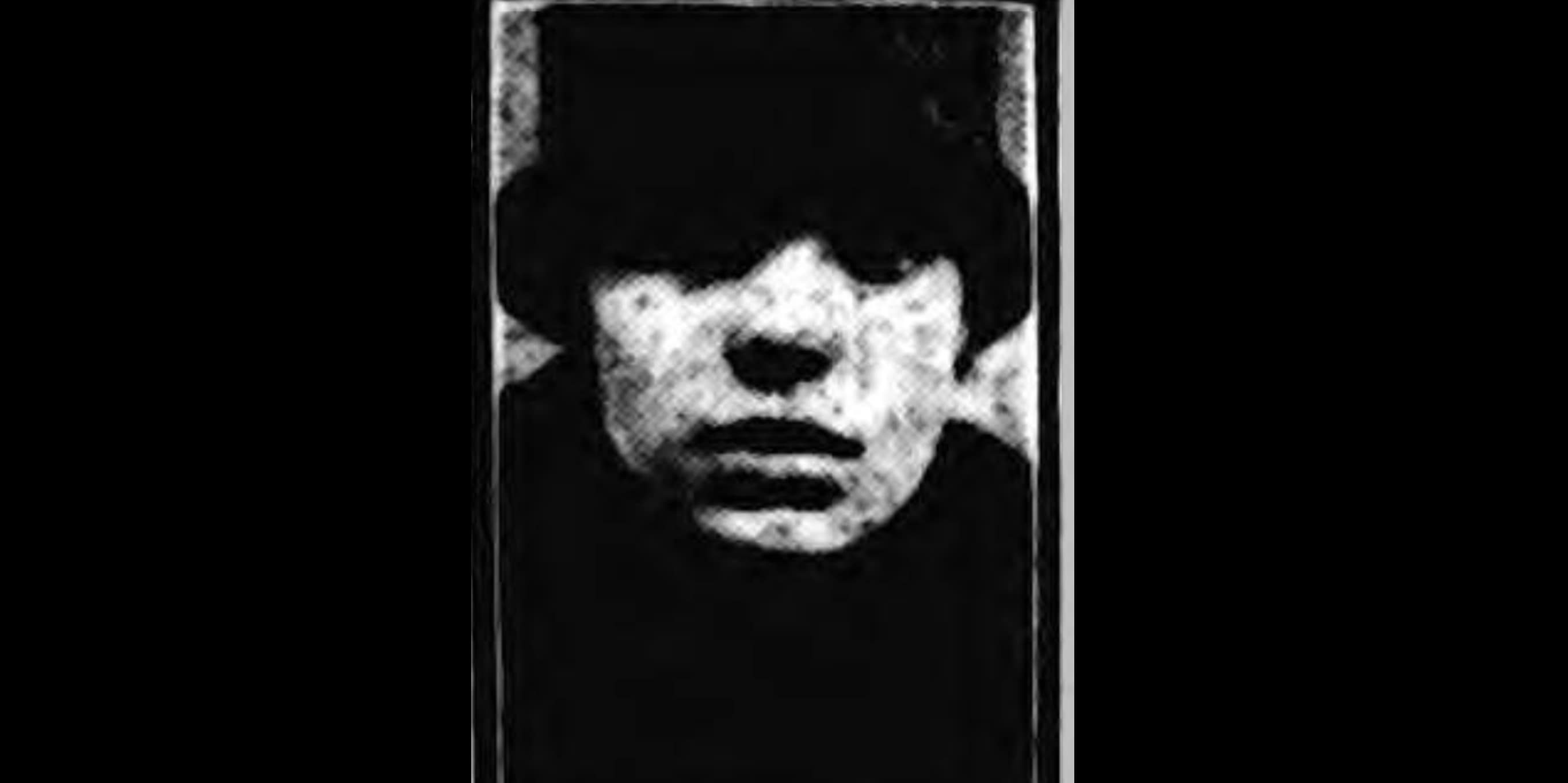‘A Thousand Blows’ centers on a London shoplifting gang during the 1800s who are known as the Forty Elephants. The show dives into a complex drama revolving around crime and ambition through the eyes of three characters who each have a pivotal part to play. One of those critical figures is Mary Carr, the enigmatic leader of the Elephants. When Mary comes across a newly arrived Jamaican named Hezekiah Moscow, she finds the perfect person to help with her upcoming heist. However, problems arise when the two cross paths with the East End’s unofficial boss, Henry Goodson, AKA Sugar. Subsequently, she must find a way to carve out the best opportunity for her group while also looking out for her own self-interests, which is a characteristic part of her personality.
Mary Carr is Based on a Real Forty Elephants Leader
According to Steven Knight, the creator of ‘A Thousand Blows,’ Mary Carr is inspired by a real-life historical figure from the 1800s. She was a member of the Forty Elephants and one of its first leaders. The group itself came into existence during the 19th century, with reports mentioning them as early as 1873. They were an all-female crime syndicate feared across London for stealing from high-end stores in the neighborhood. They primarily targeted the West End of London, deftly pickpocketing and shoplifting from unknown strangers and shops for a quick haul. Their reputation eventually grew with the times, and Carr played a prominent role in proceedings in the early years. She was an expert at procuring stolen goods and getting rid of them efficiently without any suspicion falling on the organization.

According to reports, Carr was born in Holborn, London, in 1862. She was merely 14 when she was convicted of shoplifting, which landed her a stint in prison. She grew up by herself after losing her mother at a young age, while her father was absent in her life. He was a thief and a conman whose whereabouts were unknown. The show accurately reflects Carr’s tough childhood, touching upon her lonely childhood under the care of a mistress named Jane and her absent father, who is said to be hiding away in New York. By 1881, the real-life Carr was a prisoner at a female penitentiary in Kent, which was an establishment created by the Church of England to cater to “fallen women.” Around 1890, Carr was appointed the leader of the Forty Elephants after running with them for a while.
Mary Carr is a Central Figure in A Thousand Blows
When creating the show, Steven Knight was struck by the story of the Forty Elephants and Mary Carr’s journey in particular. The writer had been notified about the extraordinary true-life tale of Hezekiah Moscow, the Jamaican boxer who came to London with the hopes of becoming a lion tamer. He was amazed by the fact that both Hezekiah’s and Mary’s lives were happening at the same time during the same era. As such, he wanted to bring them together and craft a unique story out of it. In an interview with BBC, the writer explained, “Both of those true stories (Hezekiah and Carr’s) are amazing, and the fact is they were both happening at the same time and in the same place. I thought it would be interesting to imagine what would have happened if Mary and Hezekiah had met – and that’s what this show is about.”

Some sources like Brian McDonald’s ‘Alice Diamond and The Forty Elephants’ describe Carr as a woman with striking looks. While she was good at keeping herself out of the law’s hands, she was sent to prison occasionally, during which other leaders cropped up to fill the power vacuum. She was eventually replaced permanently as head of Forty Elephants. Intriguingly, the show also introduces another character named Alice Diamond, who was the leader of the Forty Elephants later in their history. However, the creative team brought her back in time to have more interactions with Carr and the main Elephants crew. Thus, the show tries to adhere to as many details as possible without compromising its entertainment value. As it is mainly a drama, it takes creative liberties with characters and events, veering away from history occasionally to create an appealing narrative.
Read More: Is Alice Diamond Based on a Real Shoplifter?


